At BootsnAll, we aim to give you all the resources you need to book the right trip for you – whether that be an epic round the world adventure, a backpacking trip to see the best of Southeast Asia, a week losing yourself in the museums of Europe’s capital cities, or a relaxing weekend trip to a beach nearby. From big trips to small, nearby and faraway, we want to inspire you to get out and see the world. And we know that sometimes the best inspiration comes from reading about the trips of people just like you.
That’s why we’re launching a new series, Traveler Postcards, in which we profile a real trip – highlighting the best of a destination as seen by a particular person on a particular trip. They’ll share what they did, what they liked and disliked, and how much they spent, giving you a personal perspective and real tips to plan your trip.
[social]
Traveler Name: Jessica Spiegel, staff writer for BootsnAll
Destination: South Africa (Cape Town 3 nights, Hermanus 1 night, Wilderness 1 night, Durban 2 nights, St. Lucia 3 nights, Phinda Private Game Reserve 2 nights)
Dates: 4-17 December 2011
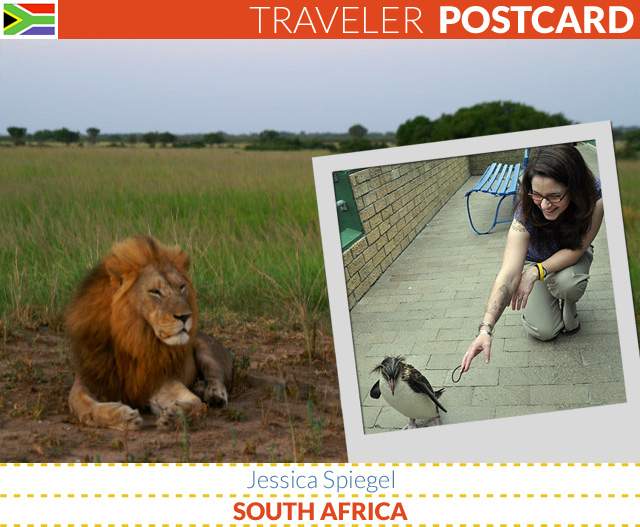
South Africa is, as the name implies, on the southern tip of the African continent. It touches two oceans, is a little less than twice the size of Texas, and – as far as I’m concerned – is an entire world packed into one country. The variety of things to do and see is astonishing, and there are versions of every activity to suit any budget. Foodies, culture vultures, adventure travelers, history buffs, outdoors enthusiasts, oenophiles, surfers, animal lovers – you name an interest, there’s something in South Africa for you. It’s truly a shame that South Africa is, for so many, a once in a lifetime destination.
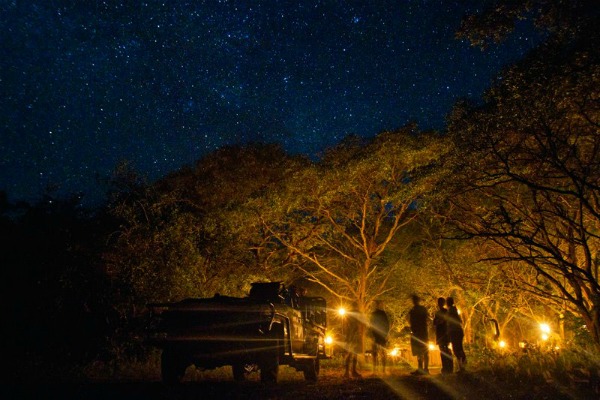
Why did you choose this destination?
Two colleagues went to the World Cup in South Africa in 2010, and when they returned they couldn’t stop talking about how awesome the country was. Prior to that, my familiarity with South Africa was probably limited to the words “safari” and “apartheid” – and that’s pretty dismal on my part. I was eager to learn more about the country, and it was quickly rising to the top of my travel wish list, so when I was invited by South Africa Tourism to be part of a bloggers-only press tour, it was an opportunity I couldn’t pass up.
What was the biggest surprise of the destination?
Is it ridiculous to say everything? I had some ideas of what to expect from South Africa, and the country pretty much blew them out of the water. Yes, I expected to see animals on safari, but even the game drives outdid any preconceived notion of what I thought a safari might be like – for instance, how ridiculously (dare I say perilously!) close you can get to the animals.

There is a stunning diversity to the landscapes, the people, the foods, the languages, and the experiences you can have in South Africa – every time we would leave one area and arrive in another it felt like we should have our passports stamped again. The trip has my mind whirling about the possibilities of the rest of Africa now – but I’d love to get back and explore more of South Africa, too. There’s so much of the country we didn’t see, and given how surprised I was by this trip I can’t even imagine what else is in store.
What was the best experience on your trip?
The best experience was also the most challenging one – the township tour in Durban. My travel experiences prior to this trip were pretty much limited to Europe, and no amount of pre-trip reading could have prepared me for the visit to the township.
We went with our Durban guide, a “proud Zulu man” (as he called himself) who had grown up in that township – we even dropped in unexpectedly at his mother’s house! – and at first I felt like we shouldn’t be there, that we were on a sort of “safari” I wasn’t comfortable being a part of. The instant we got out of the car and started walking around, however, that feeling disappeared. I was overcome by how open and warm and welcoming everyone was. They wanted to talk with us – find out where we were from, take our picture, have their picture taken, ask where we’d been in South Africa and whether we liked it, etc.

We had a barbecue lunch, called a shisa nyama, at a township butcher-barbecue place where you buy the raw meat at the counter and cook it outside on a big community grill. They give you a packet of the right spices and you just use the communal platters, grill tools, and knives. Our guide cooked lunch for us, went across the road to get pap (a nearly-flavorless maize porridge with a consistency of firm polenta) from a woman who makes it by the bucketful, and we ate with our hands, sitting at big picnic tables with the locals. We had our photos taken almost as much as we were taking photos – as three white girls, the only white people I saw all day long in the township, we looked as out of place as I initially felt. And yet by the time we were eating lunch, I was completely at ease, slightly ashamed that I’d been so hesitant to begin with.
The whole experience challenged my ideas of poverty, community, safety, and comfort – I was absolutely drained at the end of the day, and broke down when I talked about it later that evening. But it was by far the most enriching experience of the trip. I feel fortunate to have been brought there, to have shared that meal with my companions and the locals, to have met the people I did. And although I know it’s not for everyone, I would still highly recommend a township tour in Durban.
Note that most tour companies in Durban don’t offer township tours, and it’s not a visit you can do without a guide. The company that led our tour was Julnic Tours, based in Durban.
Did anything about the trip disappoint you? Were there any “must do” activities or attractions that you found overrated?
I didn’t love the stop at the ostrich farm, particularly for the part where visitors are invited to ride an ostrich. The whole thing felt kind of tourist-trap to me, and I question whether an animal that must be blindfolded in order to be ridden really should have people on its back. Some of my travel companions absolutely loved the ostrich farm stop and had an insanely good time riding the ostrich, so it obviously depends on your personality and interests, but of all the things we did in our two-week trip that’s the thing I’d skip next time.
What was your best meal of the trip?
We ate well in South Africa, but my favorite meal was also the most fun.
After a day of wine tasting in the Winelands region, we had dinner at one of the two restaurants at Le Quartier Francais in Franschhoek. The Tasting Room is the famous restaurant, named the top restaurant in all of Africa, and we ate at the less-difficult-to-get-into (but no less fun) Common Room. All the plates at both restaurants are small and meant to be shared, and we got to try two dishes from The Tasting Room’s menu that night, as well – including a beetroot “sponge” that was almost the consistency of a light marshmallow (and the deep magenta color of a beet), served with a cucumber-dill granita and a small dollop of tart yogurt. When we cut into the sponge, we discovered a bright green center. There were audible (and giddy) gasps around the table.
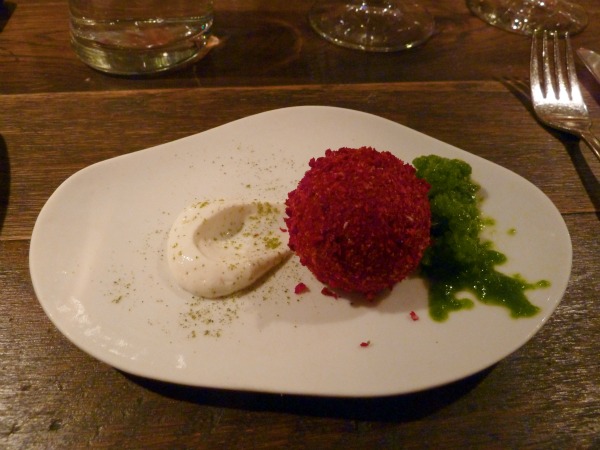
The flavors throughout the meal were vibrant, the presentations were whimsical, and the small bites meant you were always left wanting more (the mark of a perfect portion size!). The Tasting Room is an entirely “surprise menu” restaurant, where you book a table and you get what’s being served that night (all nine courses), while The Common Room actually has a menu from which you can order. The two restaurants share a head chef, so the same attention to detail (and sense of fun) goes into both. In other words, if you can’t get into The Tasting Room or just don’t want to splurge quite that much, don’t pass up a chance to eat at The Common Room instead.
It’s also worth noting that although the boutique rooms at Le Quartier Francais aren’t cheap, they’ve just opened up five budget-friendly rooms adjacent to the hotel called Delicious that are a sort of grown-up hostel, with private rooms and quirky decor but also common areas in which to hang out.
What item, hotel, or experience is worth a splurge?
I’ve already babbled on incessantly about Le Quartier Francais, but for foodies a meal at The Tasting Room would be tough to beat for a totally-worth-it splurge. Pair that with a night at the hotel (even if it’s in one of the Delicious rooms) and you’ve got the makings of an awesome weekend in Franschhoek.
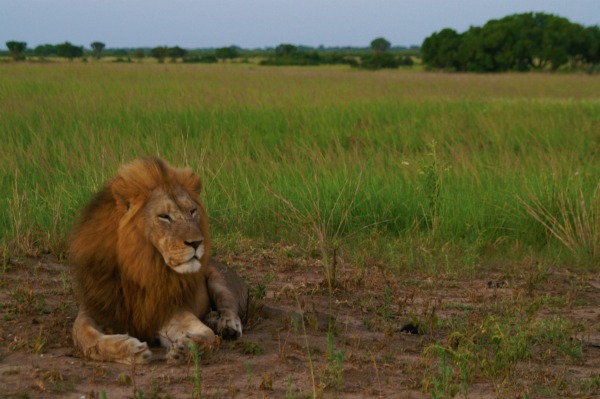
If you’re not a foodie, booking a couple nights at an all-inclusive private game reserve is another South Africa splurge you won’t forget. Safaris are totally do-able on a budget (see more details below), but if you’ve got some cash burning a hole in your bank account there are more luxurious options. Private game reserves can include sumptuous meals, mid-safari stops for cocktails within sight of wildlife, and deluxe accommodation – in addition to multiple game drives. A safari is probably the quintessential African experience, so it’s not usually difficult to justify splurging on a luxury version.
What was the weather like when you were there? Would you recommend visiting at a different time for optimal weather?
The start of December is the start of summer in South Africa, and the weather was temperate most places we visited. We did get some residual rain in and around Cape Town, and that’s ordinarily a fairly windy city, but once we got to the eastern side of the country it was warm and humid. Different times of year have different perks – for instance, August and September are great for gardeners, as the Garden Route is awash with color; winter is sometimes better for seeing animals, because there aren’t leaves on the trees – so it depends a bit what your primary goals are for a trip.

The other thing to consider is the cost of airfare and costs on the ground. When it’s winter in the Northern Hemisphere (December-February), that’s when airfare to South Africa tends to be cheaper – but that’s also the high summer season in South Africa, so on-the-ground costs are often a bit more. June-August airfare prices are higher, when it’s summer in the Northern Hemisphere and winter in South Africa, and on-the-ground costs are lower because it’s the slower tourism season.
What was the biggest hurdle you had to deal with in getting there or being there?
There’s no getting around it, the flight is grueling. From New York to Johannesburg, the direct flight on South African Airways is about 15 hours on the way to South Africa (it’s closer to 17 on the way back), so even if you’re already in New York that’s a big chunk of time. I live in Oregon, so that meant a 30+ hour day of transit for me on the return trip, and by the time I got home I felt like I was fortunate to remember my own name.
I will say that part of the trouble for me is that I don’t sleep at all well on planes. If you do sleep on planes, then the trick is to stay awake for the first seven hours or so and then sleep for the remainder of the flight – and that’s true going both ways. If you can do that, then you’ll have slept roughly 7-8 hours right before landing, which is in the morning on both ends, and that will go a long way toward helping you get over the jetlag. The other thing I’d recommend is not booking your first day on the ground in South Africa too tightly. Give yourself 24 hours of taking it easy to acclimate.
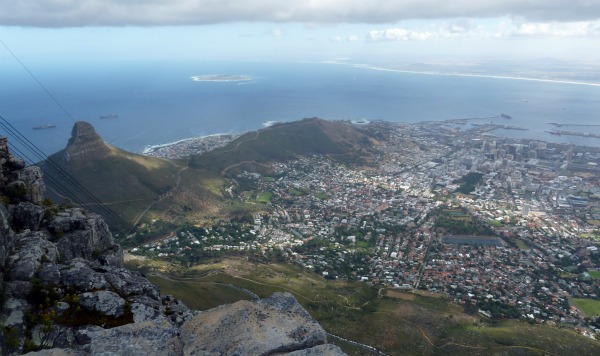
How easy or difficult was it to travel independently in the destination (in terms of getting around, cost, safety, language and culture shock)?
There are plenty of things travelers can do in South Africa independently – and then there are things for which you really need to book a tour. That doesn’t mean you have to book a package two-week trip, it means booking a day tour of a township during one of the days you’re in Durban, or booking a safari drive at a game reserve while you’re in St. Lucia – things like that.
With the safaris, there are DIY options where you can even drive your own rental car through certain reserves, making it even more budget-friendly and appealing to independent travelers. In some cities, however, there are safety concerns (such as pickpocketing and, in some cases, more violent crimes), and it’s really not a good idea to visit a township without a guide who knows the township.
I was surprised that the on-the-ground costs for everyday travel expenses were lower than I’d expected, even during the high season. Day-trip safaris were under $100 per person for all-day excursions that include lunch, and restaurant prices were very budget-friendly.

As far as language goes, while there are 11 official languages in South Africa, nearly everyone speaks English well – or at least well enough for the average tourist to interact. Still, learning a few Zulu or Afrikaans words (depending on what part of the country you plan to visit) is fun.
Would you recommend this destination to other independent travelers? Why or why not?
Absolutely, a hundred times yes, if for no other reason than the sheer variety – there is no opportunity to be bored or get tired of anything, because the views, the food, the languages, the experiences keep changing. South Africa offers the kinds of sights and attractions other countries do – beautiful vistas, vibrant cities, excellent food, adventure sports – and then it ups the ante by adding safaris into the mix. It’s difficult to imagine an indepedent traveler not salivating over all of what South Africa has available.

How much did you spend?
This trip was hosted by South Africa Tourism – but I gathered price information to give a rough estimate of the cost of doing the kind of trip I did. Note that there are cheaper options for accommodation, too, including hostels (called “backpackers” in South Africa) just about everywhere that range from $16-20 for a dorm bed. For those with more time than money to spare, The Baz Bus is a cheap way to get around the country instead of flying within South Africa. And even a visit to the famous Kruger National Park can be done for very little money – if you drive yourself on a DIY trip you’ll only spend $50-70 per day.
Prices will vary depending on the season – high season prices are listed here, because those were the price ranges available when I was in South Africa.
Accommodation: 12 nights = $1750
- Cape Town (3 nights) at $150 per night = $450
- Hermanus (2 nights) at $100 per night = $200
- Durban (2 nights) at $100 per night = $200
- St. Lucia (3 nights) at $100 per night = $300
- Game Reserve (2 nights) at $300 per night (including game drives & meals) = $600
Flights within the country: $565
- Johannesburg-Cape Town flight $165
- George-Durban flight $300
- Durban-Johannesburg flight $100
Tours and activities: $436 (ZAR3486, roughly ZAR8 to $1)
- Boulders Beach admission – ZAR35
- Table Mountain aerial cableway – ZAR195
- Cape Point Lighthouse & round-trip funicular – ZAR132
- Cango Caves – ZAR69
- Cango Ostrich Farm – ZAR65
- Durban township tour – ZAR950 (Julnic Tours)
- iSimangaliso safari & hippo cruise – ZAR795 (Heritage Tours)
- St. Lucia turtle tracking tour – ZAR795 (EuroZulu)
- St. Lucia horseback safari – ZAR450 (Bhangazi Horse Safaris)
Food and drink: $50 per day X 12 days = $600
Total trip budget (excluding airfare to the destination): $3351
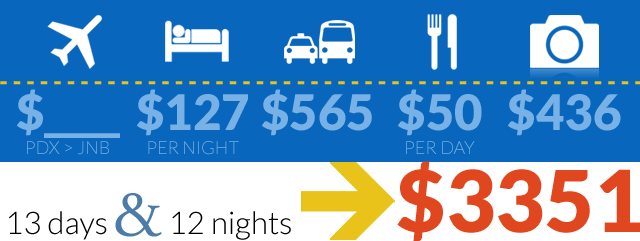
Plan your own trip
- Book a South African safari trip
- Look for cheap airfare to Johannesburg
- Find a hotel in Cape Town
- Read about the world’s most dangerous animals
This trip was hosted by South Africa Tourism, and the country was very much on my travel wish list before I was invited. The unbridled enthusiasm I feel for South Africa, and that I hope comes across in this postcard, is entirely my own.
gorgeous photo of the night stars over Phinda Private Game Reserve by Matt the Expert Vagabond, hilarious photo of a baboon on the hood of our van and photo of Jessica with Rocky the penguin by David of South Africa Tourism, and all other photos by Jessica Spiegel and may not be used without permission